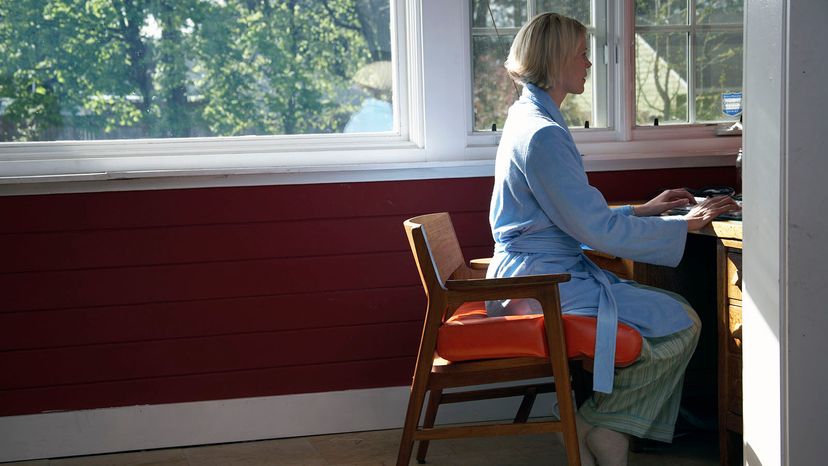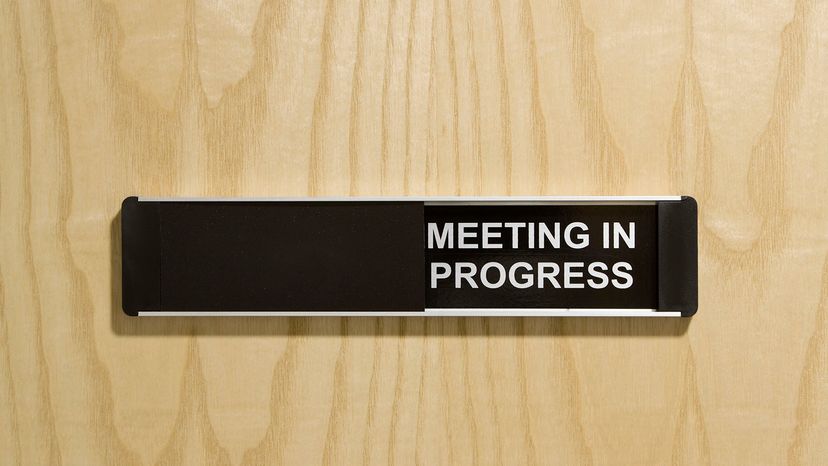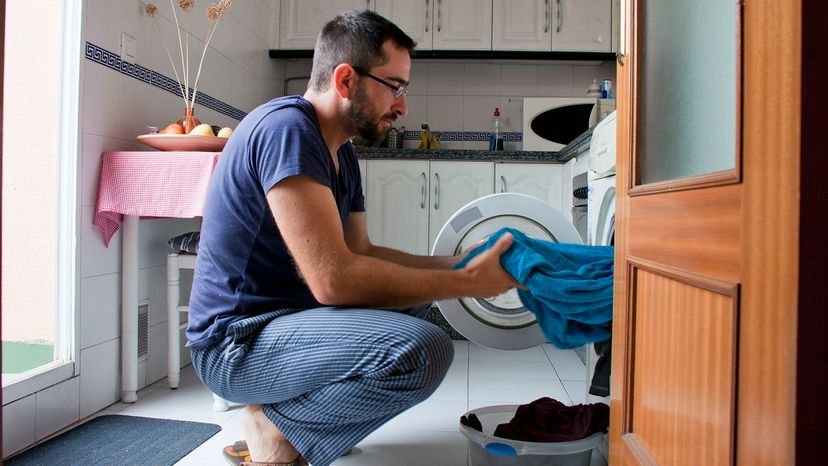
According to a 2019 report from the Bureau of Labor Statistics, 25 percent of American workers worked from home at least occasionally. That number includes both employees who have flexible schedules and self-employed people. As more work can be done online, those work-from-home numbers are expected to explode.
On the surface, working from home sounds like a dream come true. No boss breathing down your neck (literally, with coffee breath). No depressing vending machine lunch at your desk. No impromptu conference room meetings to talk about "innovation" and "teamwork."
Advertisement
But the reality is far more complicated. Do you have kids? Can they sit quietly doing puzzles for hours on end? Does the giant flat-screen TV a few feet to your left pose an irresistible threat to your productivity? Does that awesome snack selection pose an irresistible threat to your body mass index?
If you can strike the right work-life balance, working can home can indeed be a dream come true. To help you plan for the real-life challenges, we've assembled a list of 10 real-world tips for avoiding distractions, reassuring the boss and maximizing productivity.









